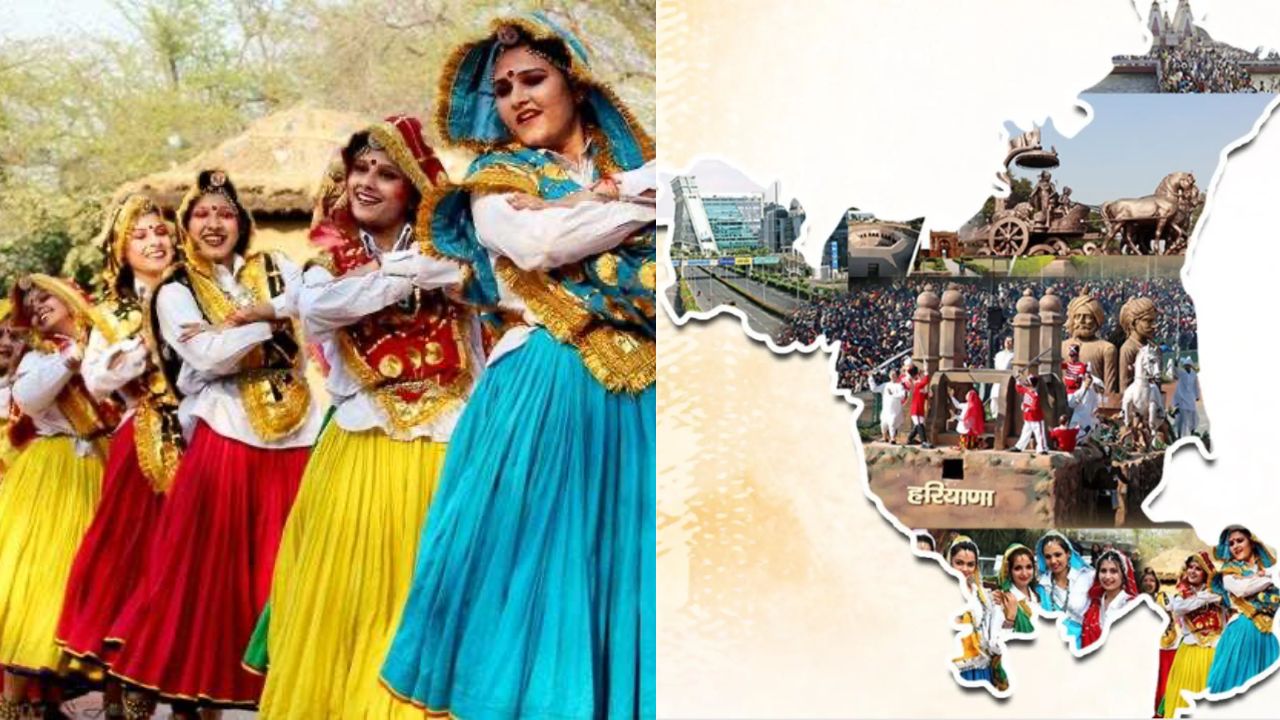 English
English

As Haryana celebrates its 58th Foundation Day, the state reflects on its remarkable journey from farmlands to economic strength- but can it overcome the enduring challenge of gender imbalance despite years of reform?

Haryana marked its 59th Foundation Day on November 1.
Chandigarh: Haryana marked its 59th Foundation Day on November 1, celebrating the state’s journey from its agricultural roots to becoming one of India’s fastest-growing regions. The day commemorates the creation of Haryana on November 1, 1966, when it was carved out from Punjab following the enactment of the Punjab Reorganisation Act, 1966.
Since its formation, the state has stood as a symbol of hard work, resilience, and reform contributing significantly to India’s food grain production, sports excellence, and industrial development.
Lawrence Bishnoi close aide Lakhwinder Singh arrested by Haryana STF
Formed to meet linguistic and administrative demands, Haryana shares its borders with Punjab, Uttar Pradesh, Rajasthan, Himachal Pradesh, and Delhi.
The state today comprises six administrative divisions and 22 districts, and its proximity to the national capital has made it an economic powerhouse, with 32 Special Economic Zones (SEZs) most located within the National Capital Region (NCR).
Known as the ‘Green Land of India’, Haryana has played a crucial role in India’s Green Revolution and continues to be one of the top contributors of wheat and rice to the central food pool.
Haryana’s cultural landscape is deeply rooted in the traditions of bravery, simplicity, and folklore. The state’s folk songs, dances like Ghoomar and Phag, and festivals such as Teej and Baisakhi reflect its vibrant rural life. The official language, Hindi, and the local dialect, Haryanvi, embody the state’s linguistic pride.
However, the state has also faced challenges in its journey- particularly concerning gender equality and social development.
Despite its rapid economic progress, Haryana has struggled with a low female sex ratio, a challenge deeply rooted in historical practices of female infanticide. In 1966, the sex ratio stood at 877 females per 1,000 males.
As of 2024, the ratio has improved but still lags behind the national average standing at 910 females per 1,000 males, compared to India’s average of 940. The number dipped slightly from 916 in 2023 and 917 in 2022, highlighting that while progress is evident, more efforts are required.
To tackle gender disparity, the Haryana government has adopted a multi-pronged strategy focusing on law enforcement, awareness, and incentives.
Haryana IPS Suicide Case: Family agreed for post-mortem? Cremation at 4 pm
While Haryana has made commendable strides, the road to gender parity and inclusive growth remains long. The female literacy rate, at 65.94%, reflects the need for greater focus on girls’ education and rural empowerment.
As the state celebrates Haryana Day 2024, it is not only a tribute to its glorious past but also a call to strengthen its social fabric -ensuring that progress in agriculture, industry, and sports is matched by equality, education, and opportunity for every citizen.
No related posts found.